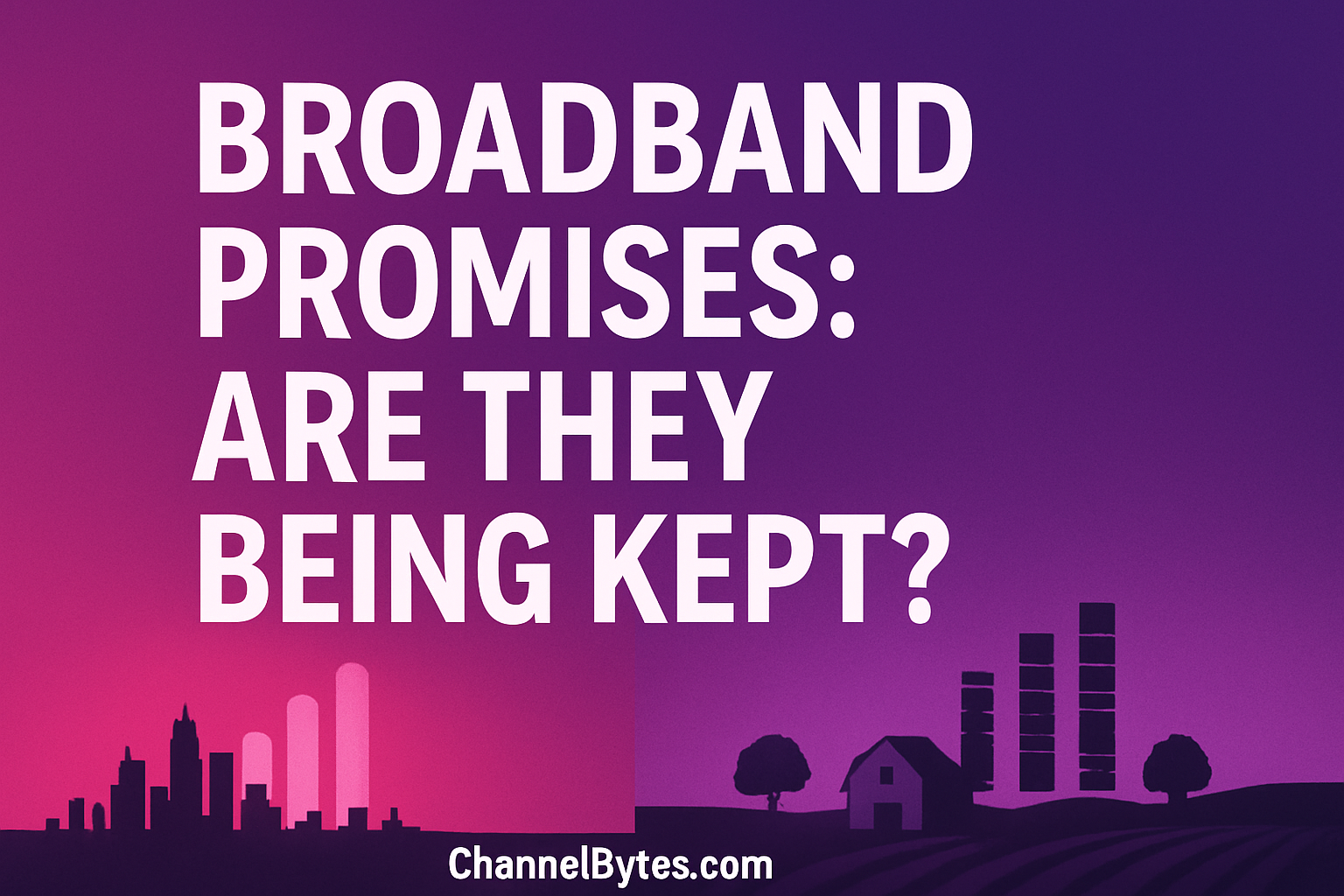In the age of tech, user expectations are high, but they’re also simple – connection. People want to be able to connect wherever they are with ease. And they want the connection to be reliable. Which means that whether they’re uploading an attachment, viewing a video or downloading a large file, it needs to be able to happen without any glitches.
In most major cities and offices this isn’t a problem. Even most campuses have good connection most of the time. The challenge is that tech evolves and hardware is always playing catch up. It’s expensive to upgrade an entire network, but leave it too long, and everything starts to crash. Suddenly connectivity becomes unreliable because the demand on the network is so much greater. With AI prompts requiring more bandwidth this may become an even greater challenge in future. Keeping up with AI is almost a full-time occupation these days.
Do rural areas hold greater promise?
The Achillies heel of broadband is that there isn’t reliable broadband everywhere especially not with the demand of software constantly increasing. For decades there have been promises of providing internet access even in remote areas, but then reality sets in. Infrastructure needs to cross difficult terrain. The costs start adding up, the user numbers don’t equate to densely populated cities, and projects are abandoned.
Now there’s a new initiative, starting in Pennsylvania with a $793 million investment that is supposed to bring reliable connectivity to more than 130 000 locations. More promises, more investment, will they deliver this time?
There are concerns that the companies who have been awarded the contracts have their own priorities. SpaceX is one of the providers and investment has already been channelled to low earth orbit satellites. The concern here is that the opportunity to deliver on universal reliable internet service will be missed as only 18% will be connected by satellite providers. The majority will still need fiber connections which in the past have proven too costly to implement. Does this mean that even the latest promises for more reliable connectivity in rural areas will fall flat?
Another concern for satellite connectivity is consumer availability. While Comcast, one of the contract winners is available to consumers, Amazon’s Kuiper project isn’t yet. There are also concerns around internet speeds and costs. Current speeds have shown to be unreliable. Adding more customers isn’t going to improve that. Rural customers have heard promises before and they’re sceptical whether this latest round is just another political play.
What does internet infrastructure really translate into?
While the primary promise is better internet access for more people, what’s they’re really looking for is economic opportunity. Either through job creation in the actual infrastructure build outs or a way to access remote work opportunities. With major contracts being awarded to big players there are concerns that the focus is more likely to be on profits than local job creation. If the ultimate purpose of extending broadband reach is to uplift local communities, will that be achieved?




